
The Mysterious Giant Sunken Ship Detected by the Magnetic Field Sensor - W.S.P Marine Survey Project
Located between Kyushu and the Korean Peninsula, northwest of the Japanese archipelago, the Genkai Sea has long been a crucial maritime route connecting Japan, the Korean Peninsula, and the Chinese mainland. Throughout history, many ships have traversed these waters, with some reportedly vanishing in the rough seas. It is believed that some of these sunken ships still lie on the ocean floor, serving as silent witnesses of the past.
In June 2024, the World Scan Project (W.S.P.), in cooperation with the Kyushu University Research Center for Coastal Seafloor (Professor Hironobu Suga), successfully discovered an uncharted sunken ship in this region. This discovery was widely reported in the media and attracted widespread attention.
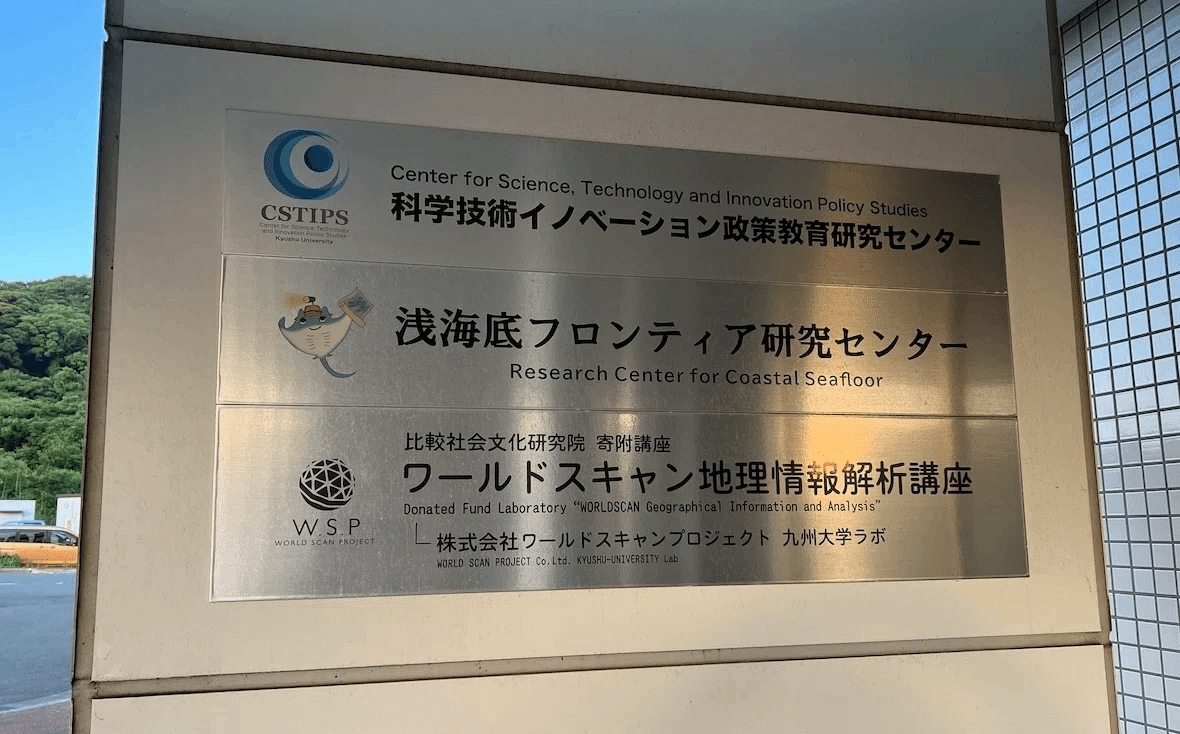
A Mysterious Object Submerged more than 50 meters deep on the Ocean Floor
The investigation began when a group from Kyushu University Research Center for Coastal Seafloor discovered an unknown object during a seabed survey at a depth of 50 meters, a location where no such object had been recorded before. The object, measuring approximately 40 meters in length, 8 meters in width, and 6 meters in height, appeared unnatural for the surrounding terrain, raising the possibility that it might be a sunken ship.
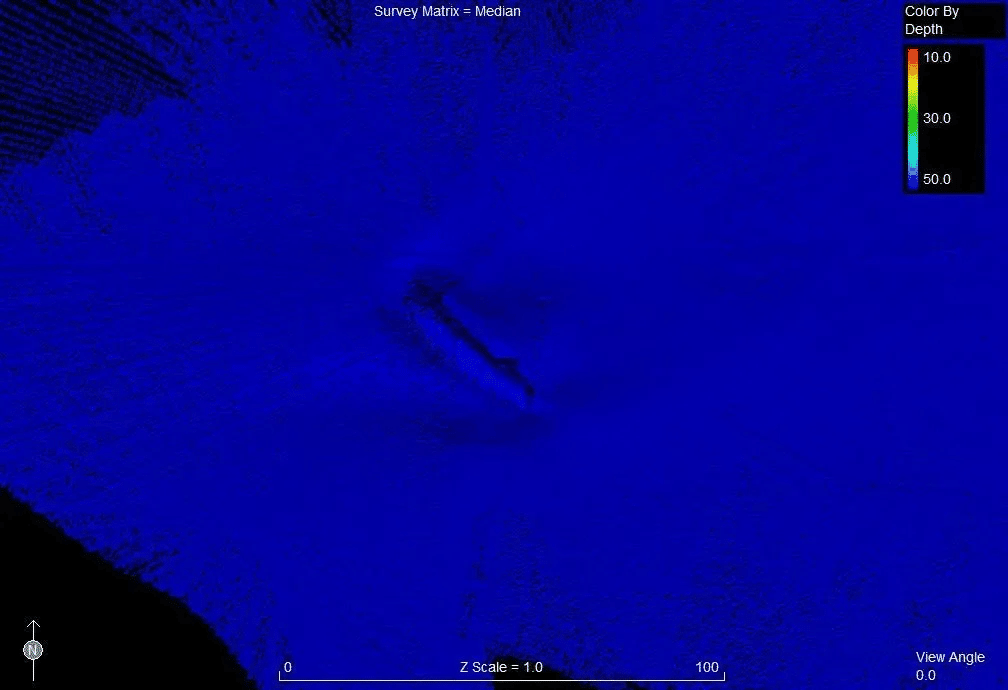
(©︎ Kyushu University Research Center for Coastal Seafloor)
In June 2024, a plan was set in motion to deploy the latest magnetic field sensor, "JIKAI edge AI SENSOR" (commonly known as "JIKAI"), developed by the World Scan Project (W.S.P.), to the site where the sunken ship is believed to rest. Based on multi-beam sonar data obtained by Kyushu University Research Center for Coastal Seafloor, the sensor, which can detect metal with high precision both underground and underwater, will be used to determine whether the object is an "artificial structure with magnetic properties"—in other words, a ship.
Operational Test and Unexpected Trouble
The day before the investigation, a test was conducted at Kyushu University's swimming pool, where the JIKAI was mounted on an underwater drone. The purpose of this test was to simulate underwater conditions to ensure the operability of the drone and the accuracy of data collection, a crucial step for the success of the actual field operation.
Several problems arose during the test, but thanks to the maintenance work of the skilled engineers, the adjustments were successfully completed. The team was able to continue the investigation as planned.


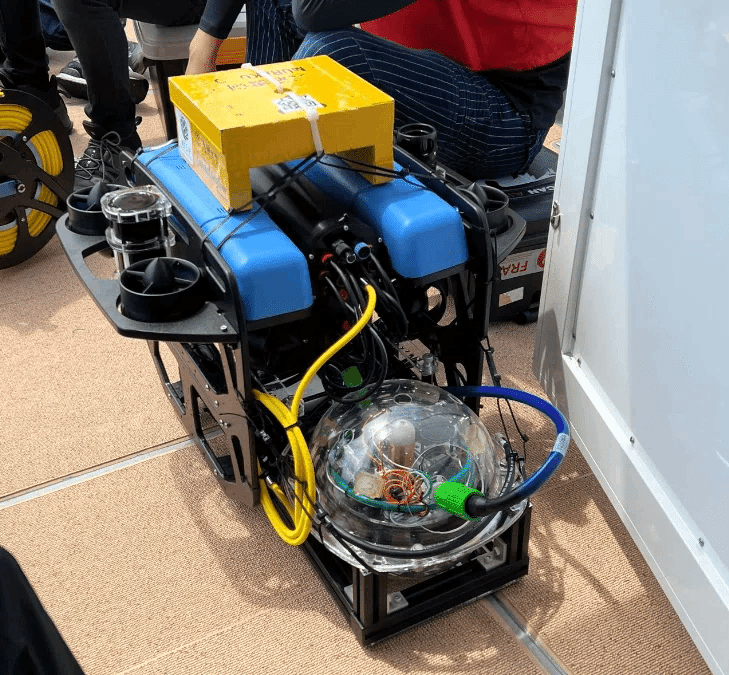
The Struggle Against Rough Seas and Seasickness
On the day of the investigation, the crew struggled with the Genkai Sea, a notorious maritime obstacle since ancient times, due to the Tsushima Current and strong winds.
At one point, a large fishing boat was swept away and stranded and had to be rescued by the Japan Coast Guard. After navigating the rough seas for about an hour, they reached the survey point, where the waves were so turbulent that it was nearly impossible to anchor the ship steadily. Even the crew members, who are usually accustomed to the sea, suffered from severe seasickness. However, as true professionals, they continued with the preparations despite the difficult conditions.

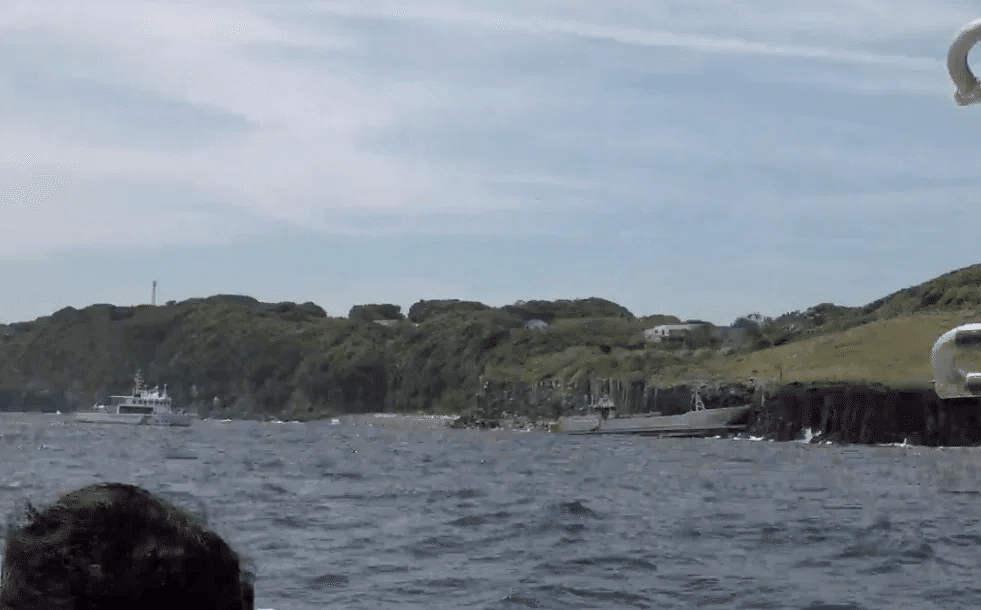
Deployment of JIKAI into the Sea
As several crew members succumbed to seasickness, the preparations were finally completed. Despite the challenging conditions of a swaying ship and a depth of 50 meters, the underwater drone carrying JIKAI was deployed into the water. The strength of the underwater drone lies in its ability to safely conduct underwater surveys in locations and conditions where human divers would find it difficult to operate.
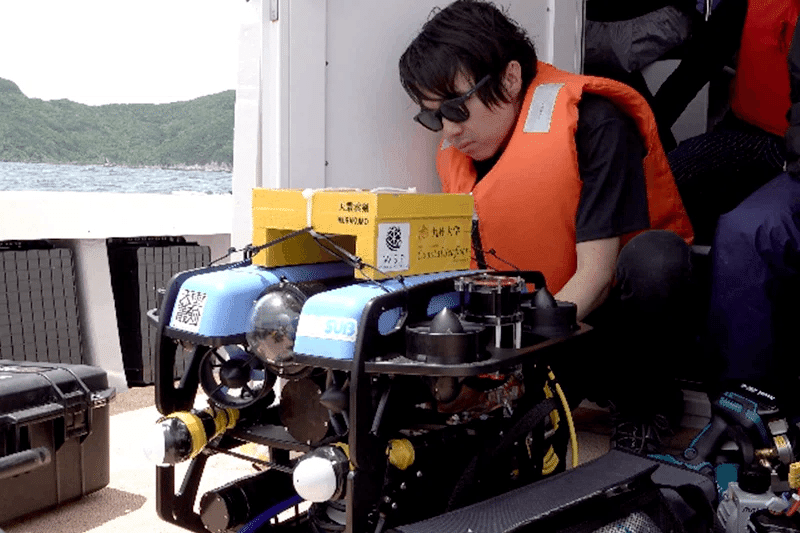
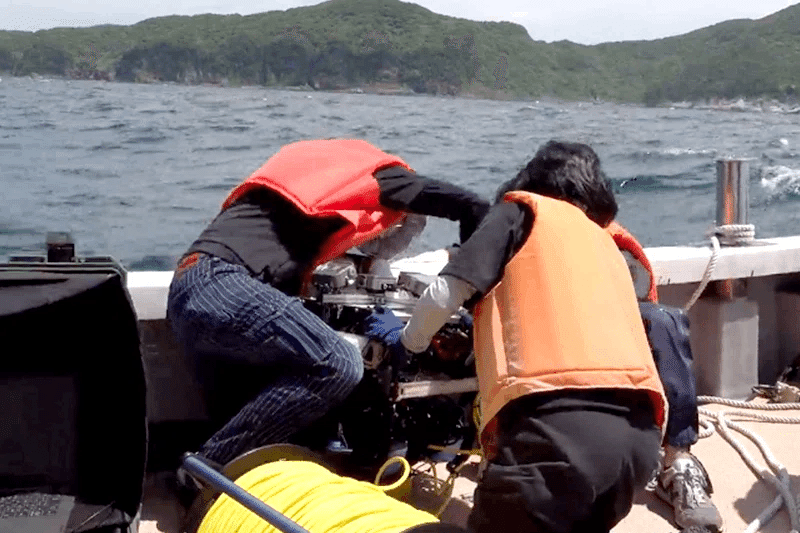

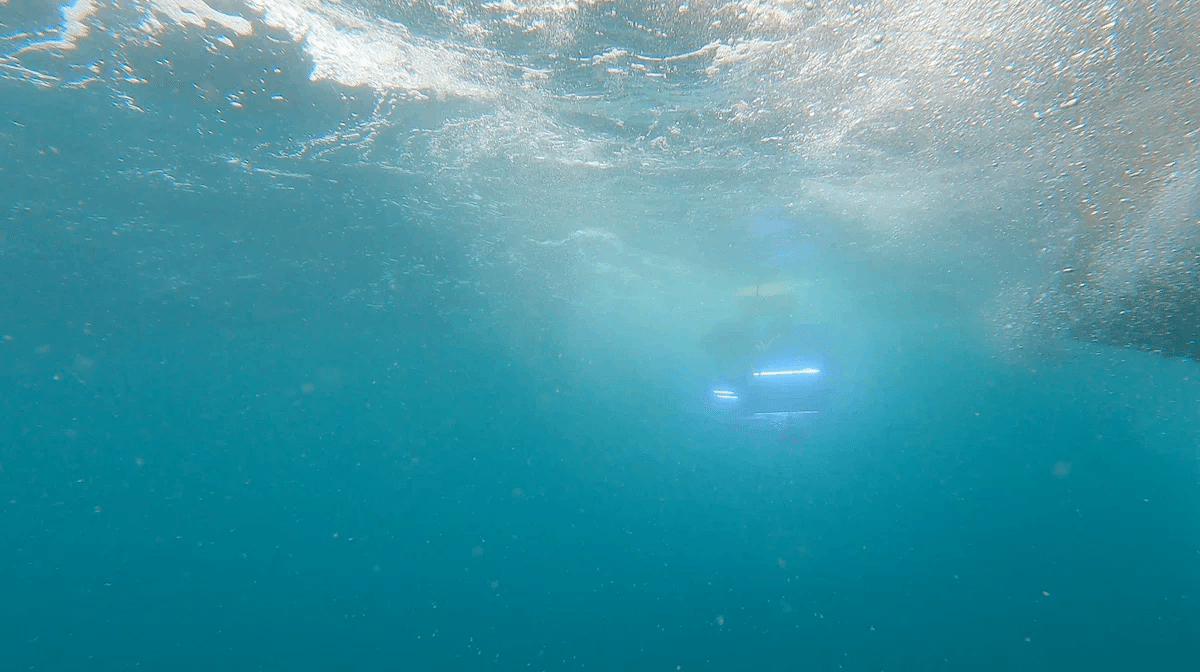
Detection of a Magnetic Response
A few minutes after JIKAI entered the water, the crew on board closely monitored the footage from the underwater drone. Suddenly, the sensor detected a strong magnetic response, and when the large shape of a ship appeared on the monitor, the crew erupted in cheers.
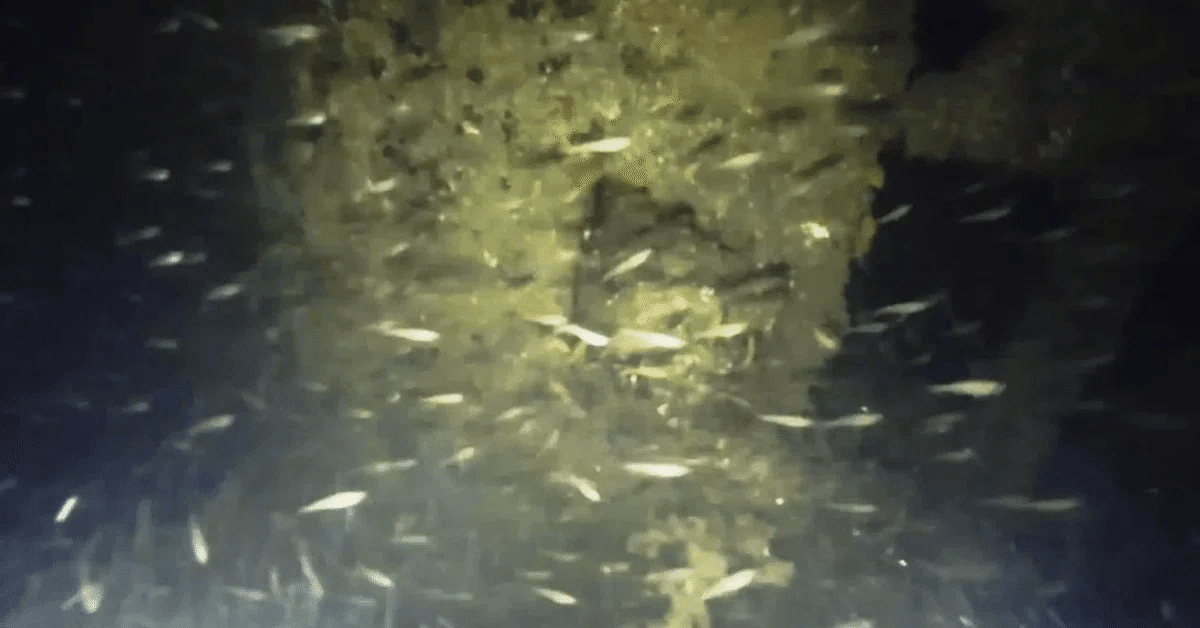
(Watch the moment of discovery in this video.)
We attempted to continue with the photogrammetry 3D scan using "MURAKUMO," but worsening waves forced them to abandon the mission and return to port.
From the footage obtained, the sunken ship is estimated to be made of steel and covered in marine growth, indicating that it has been submerged for a significant amount of time, with no records of its existence. The ship's structure and the era in which it was built will be further clarified in the ongoing 3D scan investigation.
Despite the adverse conditions and limited time, the team miraculously succeeded in discovering the sunken ship on their first attempt, shedding light on an unknown chapter of history.
The discovery was covered by the media, drawing attention not only to the find itself but also to the magnetic sensor and underwater drone technology used.

An article reporting the discovery
The Potential of the "JIKAI edge AI SENSOR"
The key to this discovery was the "JIKAI edge AI SENSOR," an innovative magnetic field sensor developed by the World Scan Project (W.S.P.) after years of research and development. Unlike traditional metal detectors, this sensor boasts high-performance capabilities, a compact size for enhanced mobility, and AI-driven analysis of detection results. It can detect subtle reactions that conventional technologies often miss.
Additionally, it maintains high sensitivity with low power consumption, allowing for extended exploration periods. Its ability to conduct precise investigations in harsh environments, such as darkness, low visibility, and remote locations, further sets it apart. Consequently, this technology is expected to play a vital role in various fields, including marine surveys, landmine removal, archaeological investigations, and even space exploration.
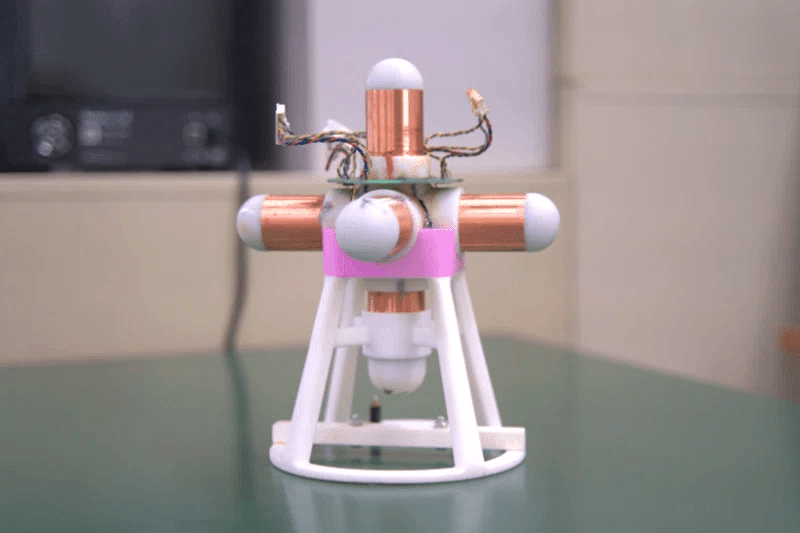

The Ocean is the New Frontier
While a detailed investigation of the sunken ship has yet to begin, this discovery has highlighted the potential for new approaches in underwater research and archaeology. The 3D data that will be created in the future is expected to unravel many mysteries, including the historical context.
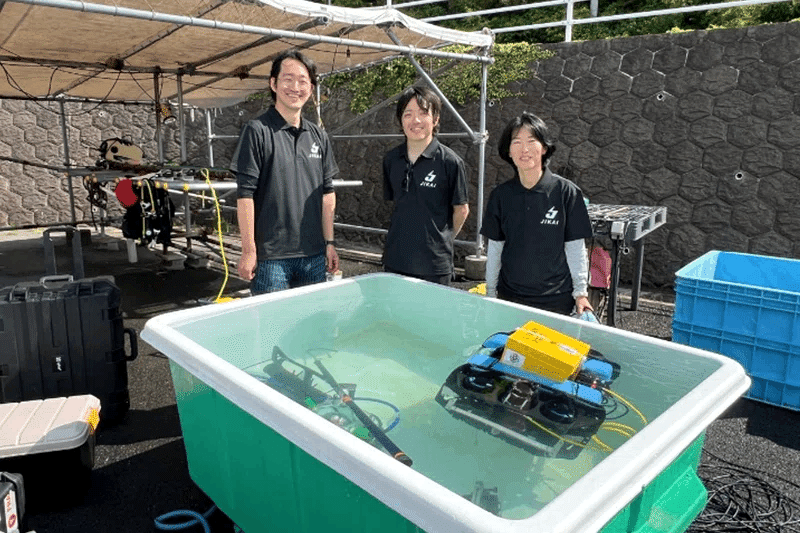
The World Scan Project (W.S.P.) conducts marine surveys not just to uncover history or explore resources. The deep sea, still shrouded in mystery, holds many secrets that humanity has yet to witness. We are driven by a passion to explore these uncharted areas of our planet and pass on this knowledge to future generations.
The World Scan Project (W.S.P.) will continue to conduct marine investigations and explore the unknown world beneath the deep ocean. We hope you will look forward to our next discovery.
Watch this video to learn more about marine survey and the JIKAI edge AI SENSOR.
